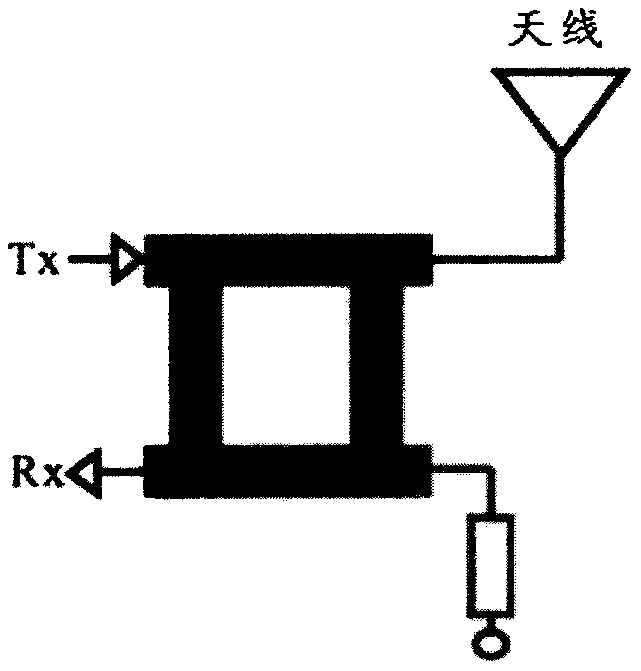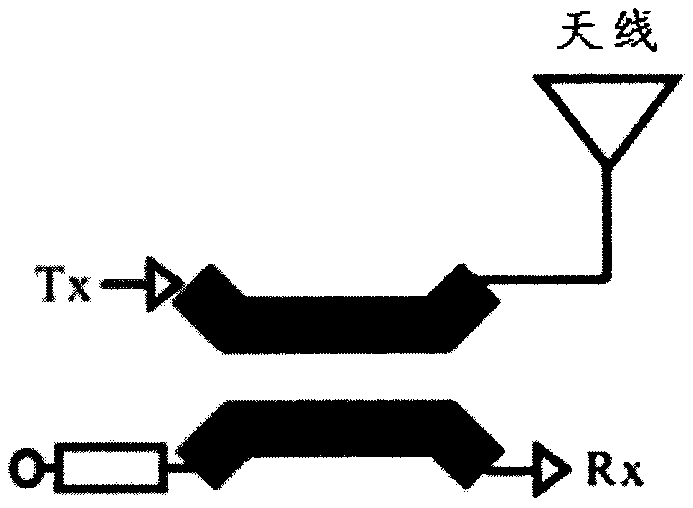Wideband dual-circularly polarized microstrip-to-waveguide feeding source antenna system
An antenna system and circular waveguide technology, applied in the field of broadband dual circularly polarized 77GHz microstrip-to-waveguide feed antenna system, can solve the problems of easy generation of high-order modes, reduction of antenna gain, low robustness, etc., and achieve reduction The generation of high-order modes, the reduction of coupling effects, and the effect of reducing coupling interference
- Summary
- Abstract
- Description
- Claims
- Application Information
AI Technical Summary
Problems solved by technology
Method used
Image
Examples
Embodiment Construction
[0035] The following will clearly and completely describe the technical solutions in the embodiments of the present invention with reference to the accompanying drawings in the embodiments of the present invention. Obviously, the described embodiments are only some, not all, embodiments of the present invention. Based on the embodiments of the present invention, all other embodiments obtained by persons of ordinary skill in the art without creative efforts fall within the protection scope of the present invention.
[0036] The invention discloses a high-isolation, wide-band, microstrip-to-waveguide feed antenna system working in the 77GHz frequency band.
[0037] see Figure 4 , 5 As shown, the antenna system 1 includes a bridge 2, an upper metal ground 3, an upper substrate 4, a lower substrate 5, a lower metal ground 6, a radiation patch 7, a mode converter 8, a circular waveguide 9, and a metal via 10;
[0038] see Figure 5 The side view of the antenna system 1 is shown...
PUM
 Login to View More
Login to View More Abstract
Description
Claims
Application Information
 Login to View More
Login to View More - Generate Ideas
- Intellectual Property
- Life Sciences
- Materials
- Tech Scout
- Unparalleled Data Quality
- Higher Quality Content
- 60% Fewer Hallucinations
Browse by: Latest US Patents, China's latest patents, Technical Efficacy Thesaurus, Application Domain, Technology Topic, Popular Technical Reports.
© 2025 PatSnap. All rights reserved.Legal|Privacy policy|Modern Slavery Act Transparency Statement|Sitemap|About US| Contact US: help@patsnap.com



